Rhinoplasty, also known as a nose job, is the one of the most popular type of plastic surgery in Korea, after double eyelid surgery. Unlike Westerners, most Asians are conscious and unsatisfied with flat nose bridges, short noses, and wide nose tips.
My nose is not only for breathing.
While beauty standards differs from people to people, the point of getting rhinoplasty in Korea is to reshape your nose to fit harmoniously with other facial features such as your eyes, lips and face shape.
If you’re looking to get rhinoplasty in Korea, here’s what you should know before getting going for one.
What is a Korean nose job?
Rhinoplasty, also known as a nose job, is a plastic surgery procedure that changes the shape of your nose. The procedure aims to not only enhance the external aesthetics of the nose, but also fix internal nasal issues such as breathing problems and sinus.
Here’s what a nose job can do for you:
- Increase the height of your nose bridge
- Lengthen or shorten your nose
- Straighten a crooked/deviated nose
- Define the tip of your nose
- Smooth the bump on your nose
- Reduce width of a wide nose bridge
- Alter the size of your nose
- Alter the look and size of your nostrils
In addition, a Korean nose job is not just about a tall and sharp nose. But rather, reshaping your nose so that it is proportionate to your face, and also brings out the beauty of your existing features.
What is the golden ratio for Korean noses?
Our nose, being one of the most protruding feature on our face, is the center of attention of our face. That’s why many Koreans are obsessed about reshaping their noses to complement their existing facial features.
In fact, a modest to medium height for the nose bridge is more favoured among Koreans because it looks more natural on an Asian face. Typically, factors such as height of nose bridge, length and width of nose, and even nostril size, are taken into consideration when reshaping a Korean nose.

Optimal ratio for nose for women:
- Ideal ratio between forehead-eyebrows, eyebrows-nose, and nose-chin is 1:1:1.
- Optimal ratio between the length of eyes and width of nose is 1:1:1.
- Inner corner of eyes and corner of nose should be vertically aligned.
- Outer corner of eyes and corner of nose should be diagonally aligned.
- Optimal nose bridge width is 70~80% of width of nostrils.
- Ideal angle for the “sunken” area at the top of nose (nasofrontal angle) is 120°~140°.
- Ideal angle between the nose and upper lip (nasolabial angle) is 95°-110°.
- Having a supratip break (subtle indentation just above nose tip) is attractive for a woman’s nose.
- Slightly curved nose bridge makes you look more feminine.
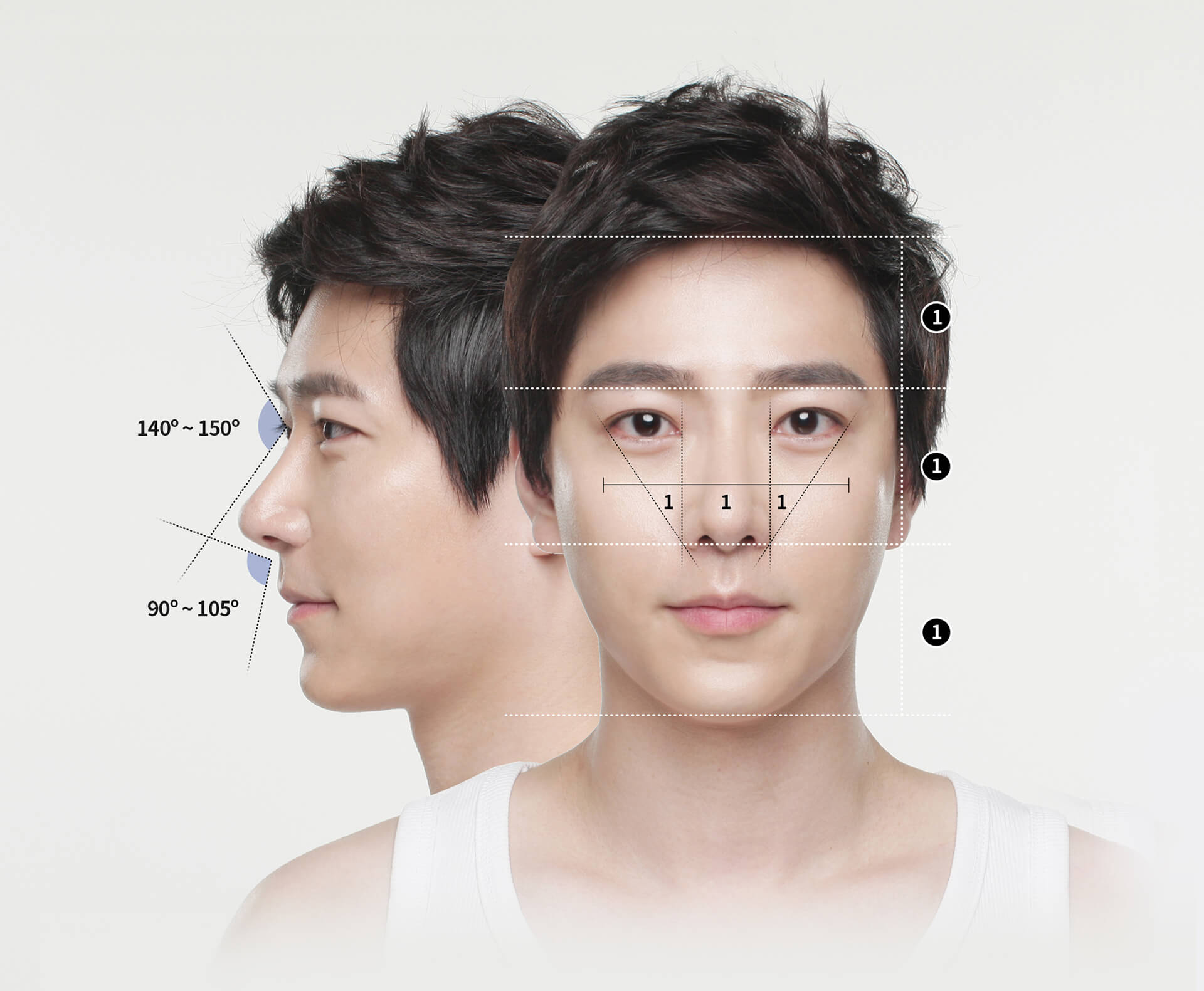
Optimal ratio for nose for men:
- Ideal ratio between the forehead-eyebrows, eyebrows-nose, and nose-chin is 1:1:1.
- Optimal ratio between the length of eyes and width of nose is 1:1:1.
- Inner corner of eyes should be vertically aligned with corner of nose.
- Outer corner of eyes should be diagonally aligned with corner of nose.
- Optimal nose bridge width is 70~80% of width of nostrils.
- Ideal angle for the “sunken” area at the top of nose (nasofrontal angle) is 140°~150°.
- Ideal angle between the nose and upper lip (nasolabial angle) is 90°-105°.
- Straight nose bridges makes you look more masculine.
Should I get a Korean nose job?
If you are bothered by the appearance of your nose, or are sick and tired of constantly getting nose fillers, a nose job is the best solution to your nose problems. Taking into consideration the popularity of rhinoplasty in Korea and if you are of Asian descent, where better to get a nose job than in Korea?
Rhinoplasty is also especially beneficial for those with:
- Short nose (piggy nose) – Nose is short in length and tend to expose your nostrils.
- Flat nose (low nose) – Low nose bridge which makes your face look flat and big.
- Wide nose – Having a wide nasal bridge.
- Hump nose – Having a bump on your nose bridge which sometimes causes breathing issues.
- Bulbous nose – Fatty or thick skin on either side of your nostrils.
- Droopy nose (long or hook nose) – Long and droopy nose tip due to weak cartilage.
- Deviated nose (crooked nose) – Where the nasal bone or cartilage inside the nose is not straight.
- Contracted (Upturned) nose – Usually due to side effects from foreign implant from previous nose surgery
What are the different types of Korean nose jobs?
Nose surgery is a simple yet complex procedure. And more often than never, many tend to combine a few procedures together, in order to get the results they want to achieve.
In fact, many choose to go for full rhinoplasty to reconstruct their whole nose while only a handful would want to reshape certain parts of their nose. Regardless, the procedures you will need to undergo largely depends on your current nose shape, your needs and preferences. Read on to learn more about the different types of rhinoplasty procedures and the type of implants used for a nose job.
1. Nose bridge enhancement

Nose bridge enhancement (nose bridge lift surgery) is most common among Asians. This procedure aims to increase the height of your nose bridge. Used common for flat nose surgery and short nose surgery.
Typically, there are 4 types of materials used for nose bridge implants – silicone, gore-tex, sili-tex and rib cartilage. The best and most popular material used is silicone as it allows for accurate reshaping of your nose bridge and it is one of the safest material for a nose job.
L-shaped vs I-shaped nose implants
L-shaped implants start from the top of your nose and extends beyond your nose tip, with the short limb of the “L” giving a pointy shape to your nose tip. While I-shaped implants start from the top of your nose and ends before your nose tip.
However, L-shaped implants are not recommended as it makes your nose tip very pointy and unnatural. And as the skin at your nose tip is very thin, sometimes the implant can be seen through the skin.
Therefore, most opt to use I-shaped implants with ear or septal cartilage for their nose tip for natural-looking results. In fact, most Korean clinics have stopped used L-shaped implants due to unsatisfactory results.
2. Tip plasty
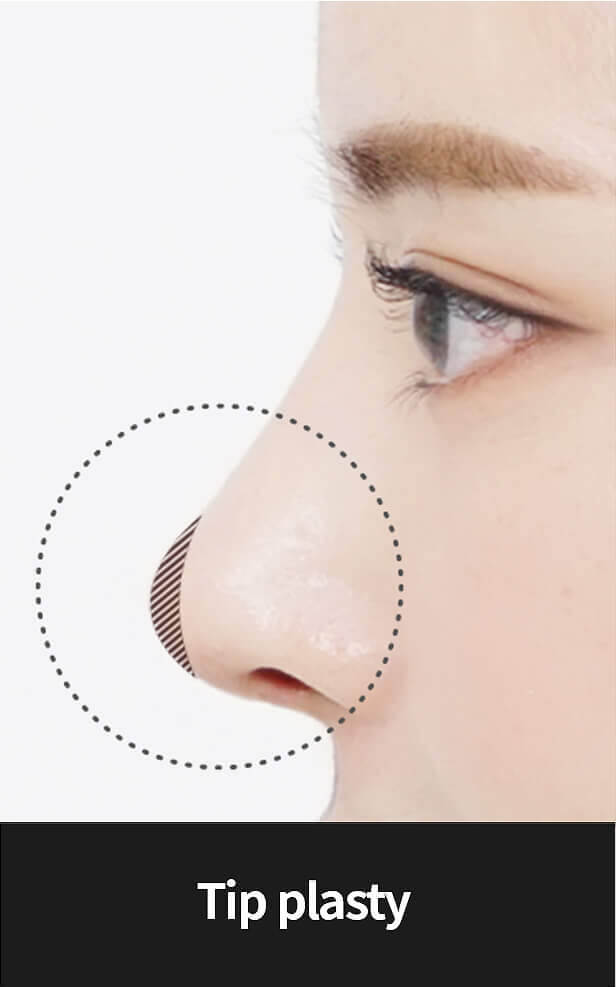
Tip plasty, also known as nose tip enhancement surgery, is performed to enhance and reshape your nose tip. This procedure can lift, lower, or create a new nose tip. Most suitable for those with blunt or flat nose tip as it refines your nose tip to achieve a more three-dimensional look.
The most common type of materials used for nose tip implants include ear cartilage and septal cartilage.
3. Nasal hump removal
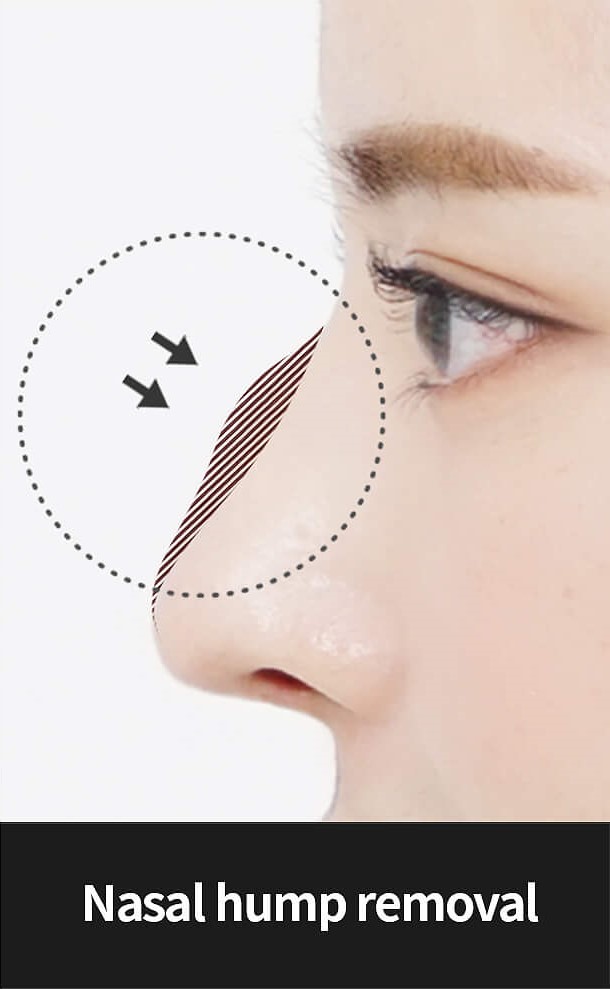
Hump removal surgery, as its name suggest, is a type of rhinoplasty that aims to fix any humps on your nose bridge. This procedure involves shaving the hump down to create a smooth line on your nose bridge.
In many cases, having a nasal hump can affect breathing. And when the hump is removed, breathing becomes easier too.
4. Alarplasty
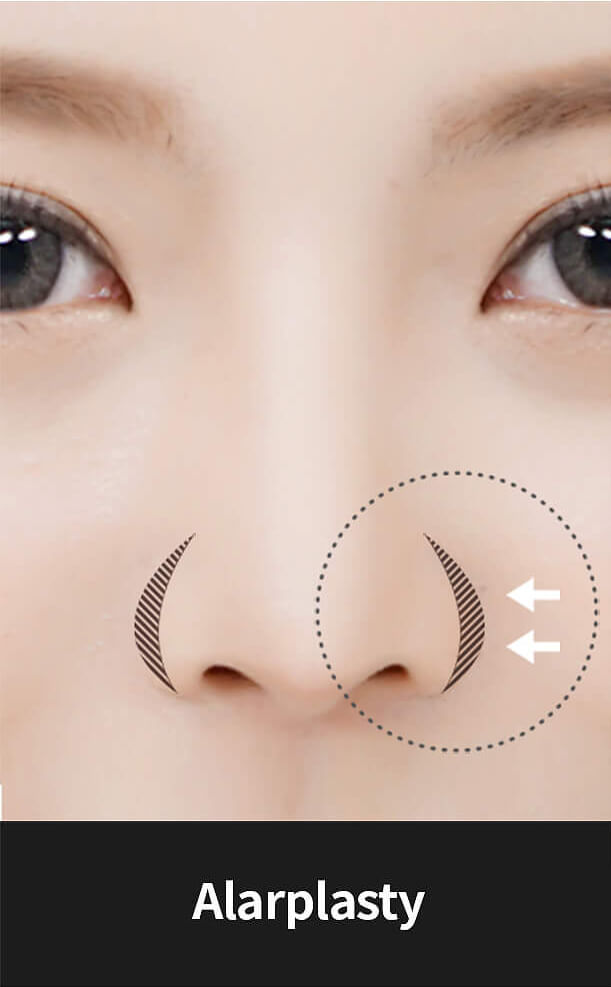
Alarplasty, as known as alar reduction surgery, aims to remove excess fats and skin on the sides of your nose. As a result, reducing the size of your nostrils and slimming down your nose.
This procedure can correct bulbous noses and wide round nose wings. That said, as alarplasty is irreversible, you must be careful not to overdo it or you’ll end up with a really thin and unnatural-looking nose.
In addition, scarring might be obvious so in order to minimize possible scarring, a good rhinoplasty surgeon who is experienced in alarplasty is highly recommended.
5. Lateral osteotomy
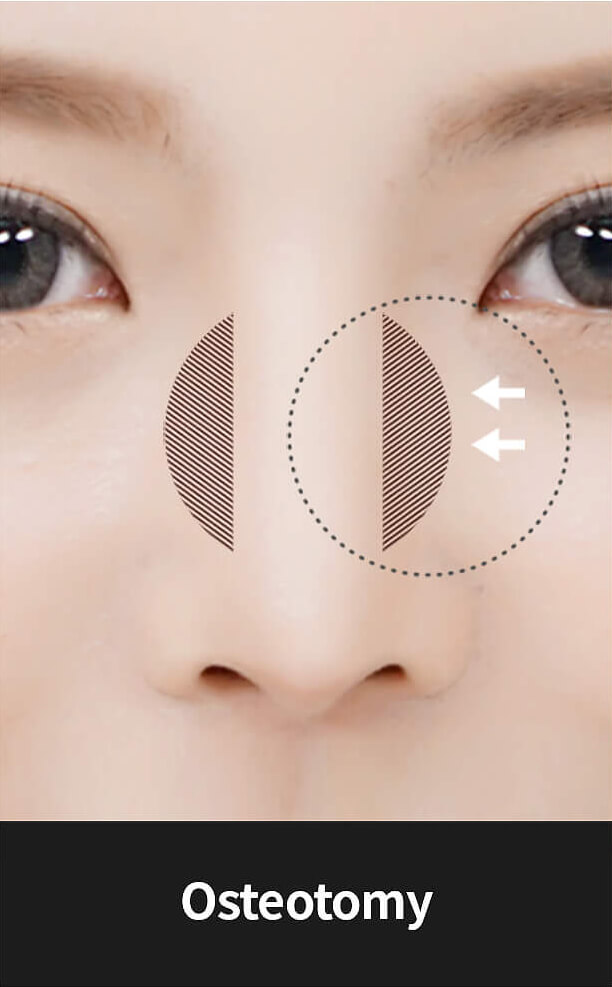
Lateral osteotomy aka wide nose surgery is performed to reduce the width of a wide nose bridge. Suitable for those who have flat and broad noses as it narrows and slim down the nose bridge to create a sharper and more defined look.
6. Septoplasty
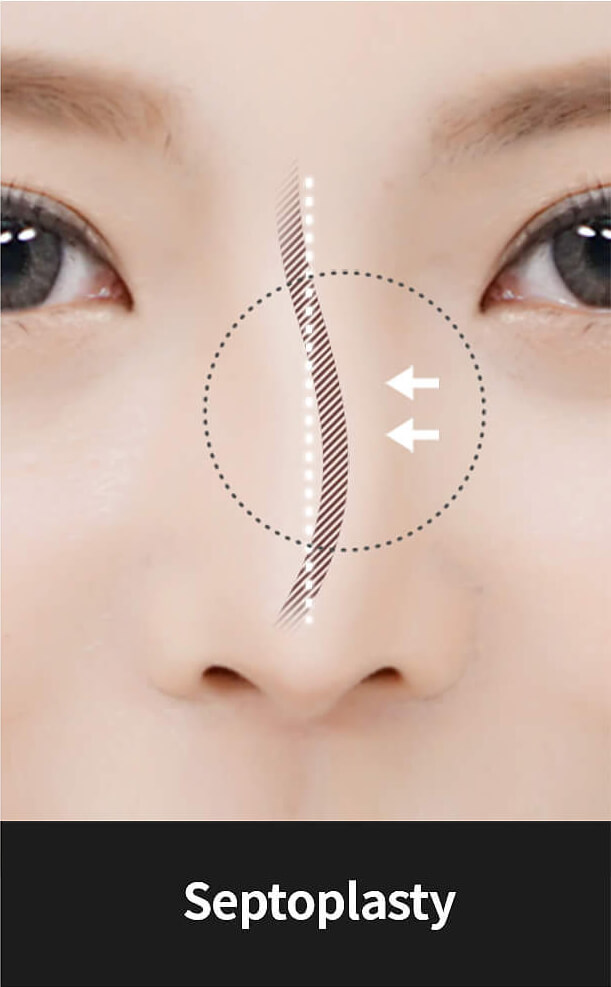
Crooked or deviated nose can cause nasal issues such as breathing difficulties, nasal congestion etc. Some are born with it, while for some, it is the result from injuries to their nose (e.g. injury while playing contact sports).
Septoplasty can repair your deviated septum by straightening your bone and cartilage. In some cases, certain parts of your nasal septum may be cut and removed before repositioning them in the proper position.
In fact, this procedure can be performed by an ENT doctor as well. But hey, they can’t make your nose aesthetically pleasing at the same time though.
7. Revision rhinoplasty
Primary rhinoplasty is when you get a nose job for your very first time, while revision rhinoplasty is, (yes smarties!) a secondary rhinoplasty done to fix any unsatisfactory results from your previous nose surgery. Typically, the main reasons for revision rhinoplasty are:
- Due to side effects of foreign implants
- Unsatisfactory results from your previous nose job
Revision nose job is pretty common actually, though no one likes a revision unless necessary, right?
Types of implants for a Korean nose job
1. Silicone
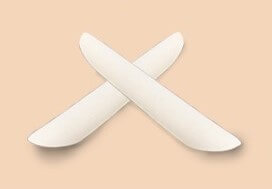
Silicone is the safest and most popular choice of implant used, especially in Korea where they use soft silicone which provides a more natural and long-lasting result. Mostly used for nose bridge augmentation.
Pros:
- Allows for a natural looking curved nose bridge
- Can easily shape for your preferred nose bridge shape
- Safe and most popular choice
- Shape remains the same even after a long time (no resorption or deformation)
- Easy to remove (if you want a revision rhinoplasty next time)
- Affordable price
Cons:
- Implant might be visible if the skin around your nose is too thin
- Risk of infection or rejection by your body
- Placement might shift if your nose surgeon is not skilled enough
2. Gore-tex
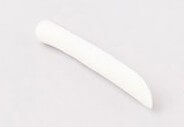
Gore-tex is not as popular as silicone because it is nearly impossible to remove later on, especially when you need a revision rhinoplasty as it integrates well with your nose tissues. Used for nose bridge augmentation.
Pros:
- Low risk of infection
- Produces natural looking results
Cons:
- High chance of resorption
- Nose bridge gets lower as time passes due to integration with nose tissues
- Almost impossible to remove (if you need revision rhinoplasty next time)
- Risk of infection or rejection by your body
- Implant might be visible if the skin around your nose is too thin
3. Sili-tex
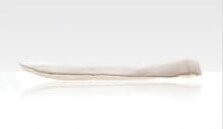
Sili-tex is a combination of silicone and gore-tex but its rarely used because of its unnatural results and risks involved. Its pros and cons are similar to gore-tex.
4. Autologous cartilage
Autologous cartilages are most preferred because they are harvested from your own body. In other words, low risk of rejection and infection. Unfortunately, there is a limit to how much cartilage you can harvest.
Find out more about autologous cartilage by reading our guide on the best type of cartilage used for nose jobs.

Ear cartilage (Conchal cartilage)
- Perfect for lifting and reshaping nose tip
- Limited quantity
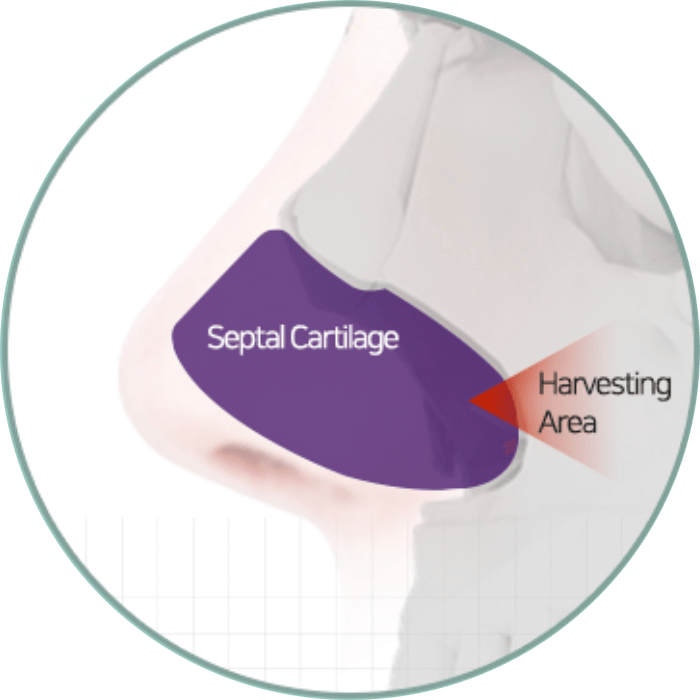
Septal cartilage
- Used for extending nose tip or columella
- Limited quantity
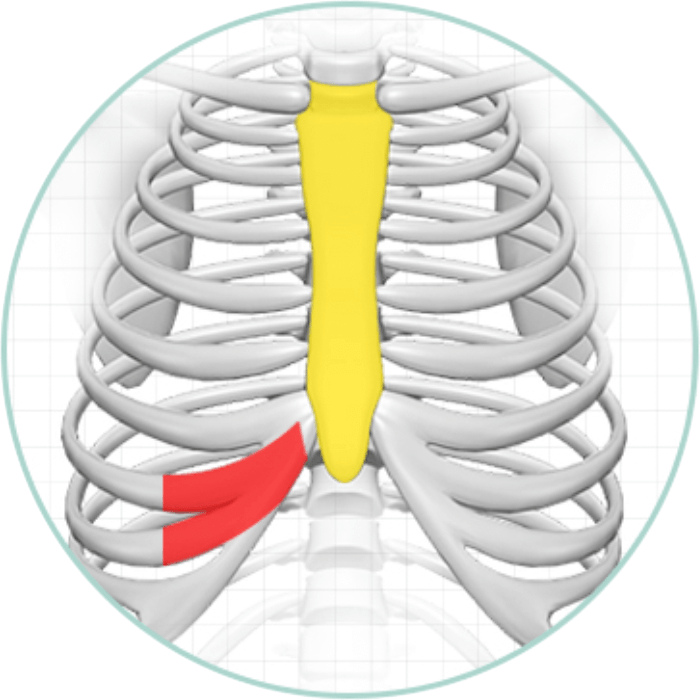
Rib cartilage (Costal cartilage)
Rib cartilages are commonly used for revision rhinoplasty but it’s getting increasingly popular as an option for primary rhinoplasty due to its low risk of infection.
However, due to the risk of warping and high possibility of resorption, rib cartilages are better reserved as a last resort rather than a primary choice by many plastic surgeons.
Pros of rib cartilage:
- Lesser side effects and complications as compared to silicone
- Low risk of infection
- Ample quantity to harvest
- No risk of rejection
Cons of rib cartilage:
- Hard to create a natural looking curved nose bridge due to the nature of the material
- Hard to create a smooth nose bridge surface
- High possibility of warping
- High possibility of resorption (nose bridge get lower as time passes)
- Leaves a scar at your ribs
- Most expensive
5. Donor cartilage
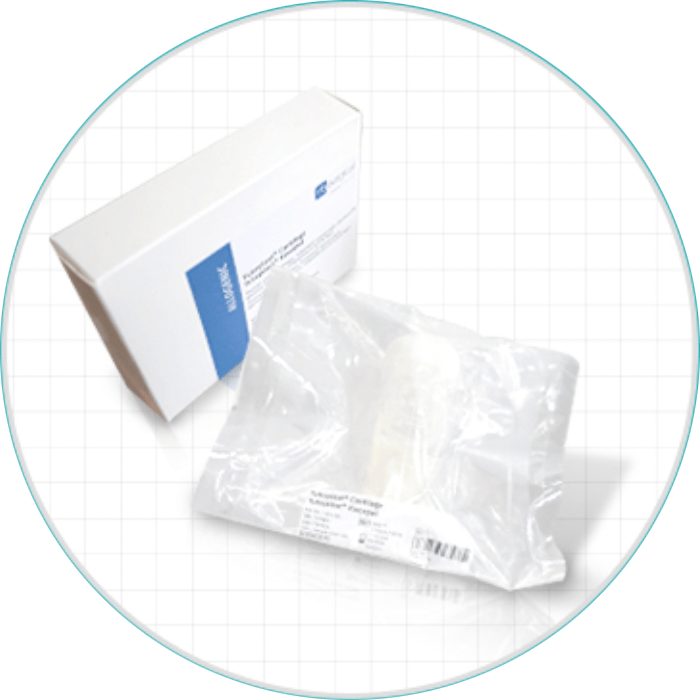
Yup, as its name suggests, someone else’s cartilage. Usually cartilage from a cadaver. But because it’s not from your own body, the risk of infection increases. But still, lower risk of infection as compared to foreign implants such as silicone, gore-tex or sili-tex.
6. Autologous dermis
Autologous dermis is the skin (dermis tissue) that is harvested from your hips. Mainly combined with autologous cartilages or silicone implants for nose bridge augmentation.
Pros:
- Lesser side effects and complications as compared to silicone
- Natural looking results
- Suitable if your skin around your nose is thin
Cons:
- Nose bridge gets lower as time passes (due to resorption)
- Leaves a scar on your hips or buttocks
7. Soft mesh implant
PCL, or polycaprolactone, is an absorbable mesh which can produce a natural look but there are high risk of side effects, can cause septal cartilage erosion and is prone to infections. Not recommended as it is not safe to use.
Methods used for a Korean nose job
There are 2 methods used for a nose surgery – the open method and closed method. The open method is of course, the most preferred by nose surgeons, as it allows for easy access and accurate placements of the implants.
1. Open rhinoplasty
The open approach involves a cut across your columella (the narrow strip of skin separating your nostrils). This method allows the surgeon full access to your nose, and enables for major or complex reshaping. Hence, a high chance of achieving your desired results.
Benefits:
- Allows for complex reshaping of your nose
- Minimize chances of nasal cartilage distortion
- Enables complex reshaping of nose tip
- Produces more accurate and precise results
- Natural looking results
Downsides:
- Minimal scarring (but scars fade over time)
2. Closed rhinoplasty
The closed approach involves incisions inside your nose, so there’s no obvious scarring. However, this method limits the surgeon’s access of your nose. Hence, major or complex reshaping is not possible. Suitable only for minor work.
Benefits:
- Non-visible scarring
- Shorter recovery time
- Natural looking results
Downsides:
- Does not allow for major or complex reshaping of nose
- Risk of implant deviation (hard to place implants accurately)
- Risk of nasal implant infection
- Mostly used for minor work on nose tip only
How long does the surgery take?
Rhinoplasty procedure in Korea typically lasts 2~3 hrs (depending on the type of procedures done) and is performed under local anesthesia.
When can I see results?
Major swelling and bruising for rhinoplasty lasts up to 1 week but accurate results are visible after 6 months. Final results can be seen after 1 year. In addition, you will need to wear an external nose splint (for about 7 days) to support the shape of your new nose.
Actual recovery time vary among individuals, and is subjected to one’s health condition & healing response.
How long should I stay in Korea?
A nose job in Korea is not considered a major surgery so hospitalization is not required. That said, do stay in Korea until your stitches are removed and go shopping in the meantime!
Stitch removal
Stitches are usually removed 7 days after surgery.
Cautions on stitch removal
If you remove the stitches earlier then advised, your wound might reopen, causing an infection. And if you remove it too late, you risk further scarring and pigmentation.
Don’t rush the recovery procedure for best results!
Sometimes due to time constraints, you might consider having your stitches removed at the local hospitals in your home country.
Although that is possible (but not recommended), it depends on how well you have been healing and is also subjected to doctor’s approval.
Korean nose job aftercare & post-op instructions
The success of your nose surgery not only lies in the hands of your surgeon but also how you care for your nose after rhinoplasty. Read our guide on aftercare and post-op instructions for nose surgery and learn how to properly care for your nose to have a speedy recovery.
Before & after pictures of a Korean nose job
See before and after pictures of nose surgery work done by our certified and skillful plastic surgeons.
Alternatives to a Korean nose job
The other alternatives to nose surgery are nose fillers and nose threading. However, such procedures are only temporary and results typically last only 6~12 months. That said, it can be used as a way to test whether the type of nose you want really suits your face or not, before you do anything permanent.
What other surgery complements a Korean nose job?
Sometimes, getting a nose job alone might not be sufficient to achieve the looks that you want. Yes, we understand.
1. Double eyelid surgery
Your nose and eyes are the main focal points on your face. Combine double eyelid surgery with rhinoplasty to further enhance your facial features.
2. Canthoplasty
Undergoing canthoplasty can help make your eyes bigger and wider for a brighter and clearer look.
2. Lip surgery
Well, a smile goes a long way. You may not be born with the perfect lips, but lip surgery can help you achieve that perfect pout.
3. Facial contouring surgery
Having a face shape that complements your eyes and nose will further enhance your beauty. But if you don’t have that perfect v-shaped face, facial contouring surgery will help you achieve it.
Conclusion
Our nose is the most prominent feature on our face. Therefore, getting a nose job can strikingly change the way we look. If you are looking to get a nose job in Korea, do remember this – the goal of a Korean nose job is not meant to dramatically change your face. But rather, complement and bring out the beauty of your Asian features.
In the hands of a good rhinoplasty surgeon, you will look gorgeous. Choose a bad plastic surgeon and you’re headed for disaster. In other words, it is important to get a professional board certified plastic surgeon who is experienced and skilled in nose surgeries.
Although there is always revision rhinoplasty, but we don’t want to go there, do we?
Originally published on 2020 April 23
cosmetic surgery in koreakorean nose jobkorean rhinoplastynose job in koreaplastic surgery in korearhinoplasty in korea


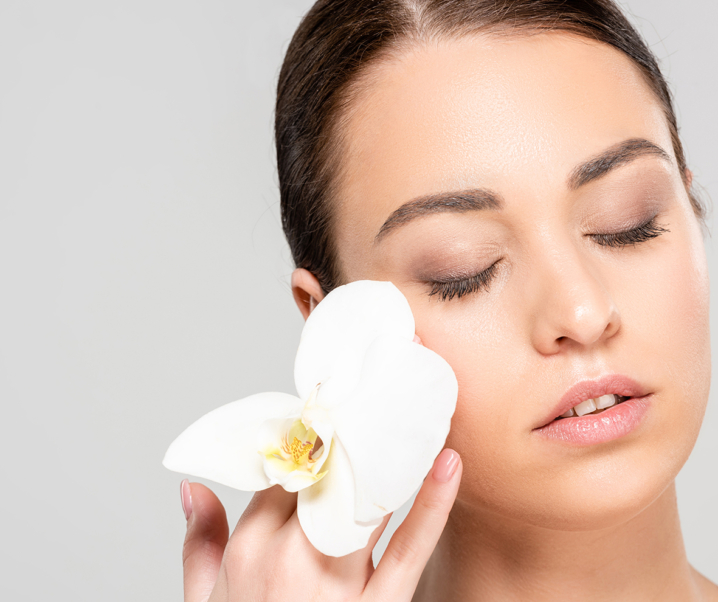






What do you think?